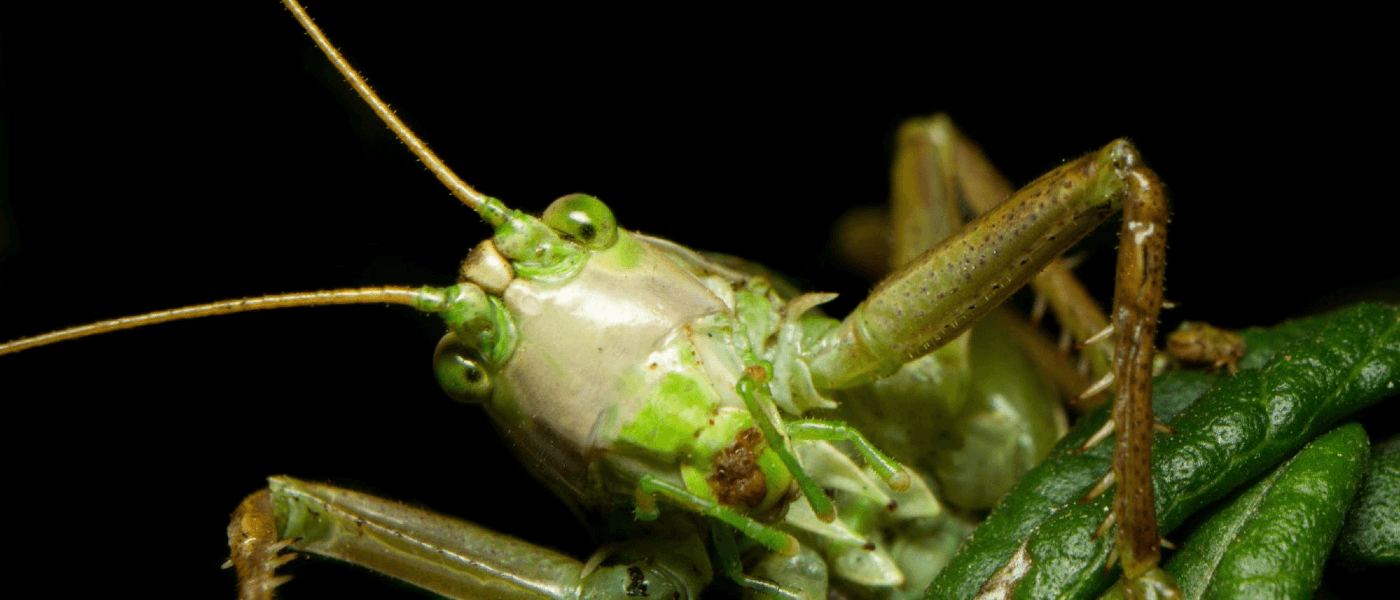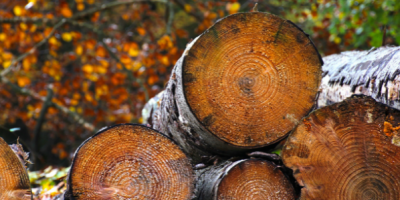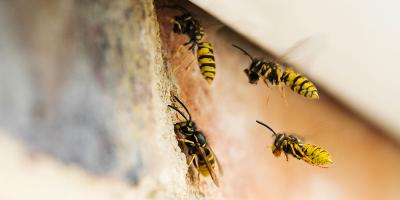What Exactly is a “Pest”?

It’s a good question and a tricky one when you consider that species are interdependent with and upon other species, and every animal on the planet is beneficial on some level in some kind of way. It’s important to respect the role all creatures play in nature and to help them thrive when they’re in the proper environment. We only stop them when they cross the line and become a nuisance -- a “pest.”
Putting a Fine Point on Pests
Take termites as an extreme example. Most homeowners’ pulses quicken when they hear “termites,” thinking immediately of the insects’ destructive power to wreak havoc on the wooden structure of their home. But in the wild, termites help speed up the decomposition of dead trees, which helps renew the forest floor. It’s just a nightmare when they see your house as a stack of dead trees.
Or consider how some people keep rodents like gerbils, hamsters and even sometimes mice and rats as pets, even though the family Rodentia includes some of the pest world’s most (un)wanted. Not to mention, rodent models help doctors and scientists develop better medicines and vaccines.
Then, of course, there’s the king (or should it be “queen”?) of beneficial so-called “pests:” bees. Without bees to pollinate the world’s flowers, fruits and other crops, we wouldn’t have enough food to feed all 7+ billion humans on Earth.
The Australian Department of Health defines a pest as “any animal or plant that has a harmful effect on humans, their food or their living conditions.” They include animals that do some or all of the following:
- Spread diseases (example: mosquitoes that spread malaria)
- Destroy crops (caterpillars, grasshoppers that feed on vegetable crops)
- Damage stored food (rodents that eat grain in silos or in restaurants and grocery stores)
- Attack and eat farm animals (dingoes that maim and kill sheep, foxes that go after poultry, feral cats that prey on native wildlife)
- Damage clothing (silverfish that eat holes in clothes)
- Damage buildings (termites that destroy wooden structures)
- Bite people (bed bugs, which aren’t particularly harmful or dangerous otherwise)
The Importance of Integrated Pest Management
The fact that what we deem “pests” still have value in the world is why we practice and promote a pest control methodology called integrated pest management, or IPM for short. IPM is, in a nutshell, a type of reduced pest management that focuses on controlling pest populations with minimal risk to people and the environment. IPM relies on environmental controls like exclusion and favors preventative measures like sanitation over treatments like pesticides. A proactive approach, IPM involves planning your pest management solutions to avoid problems, rather than rely exclusively on reactive measures, like pesticides, after an infestation has been established.
Ultimately, pest management is a complex job and it takes the knowledge and skills of a trained professional to know not just how to treat for pests but how to identify what a pest even is in the first place.
Got pests and questions? We’re here to help. Request a free quote or more information today.



